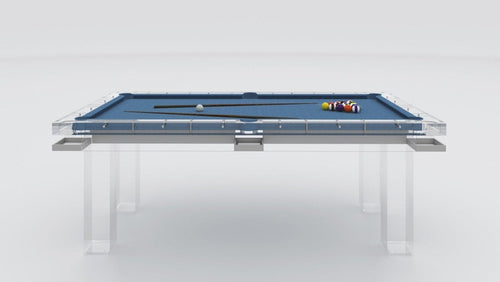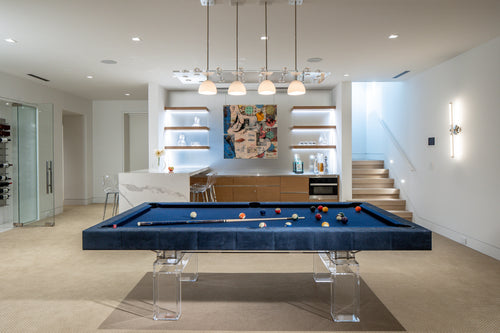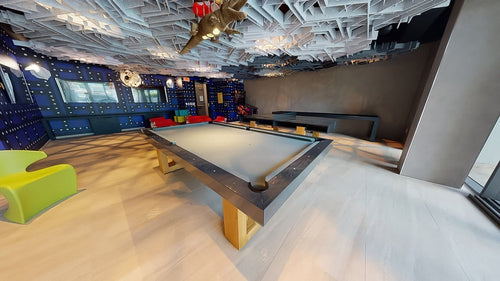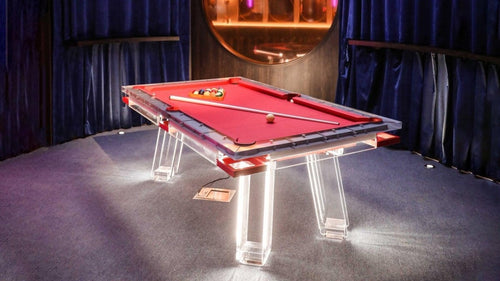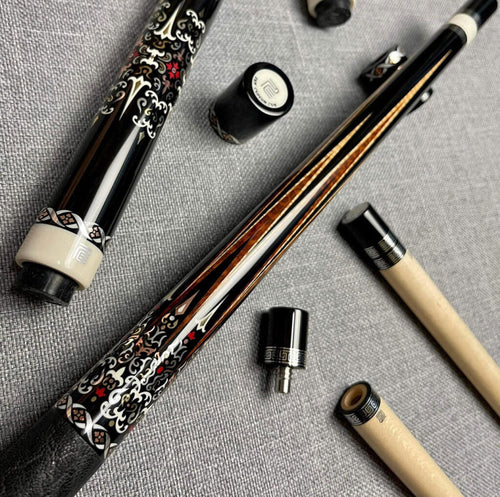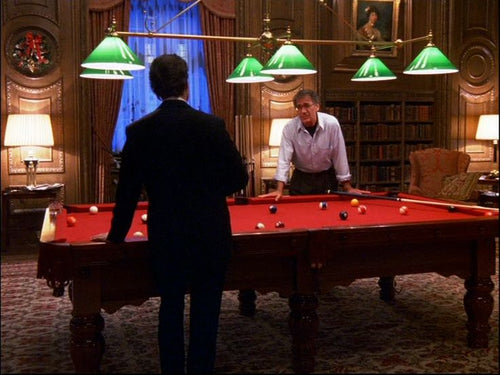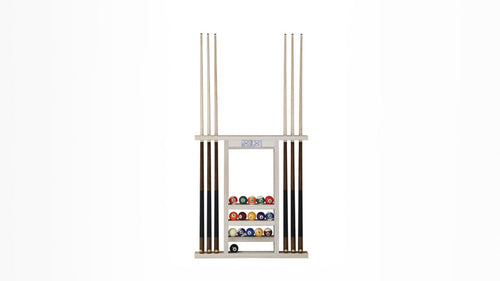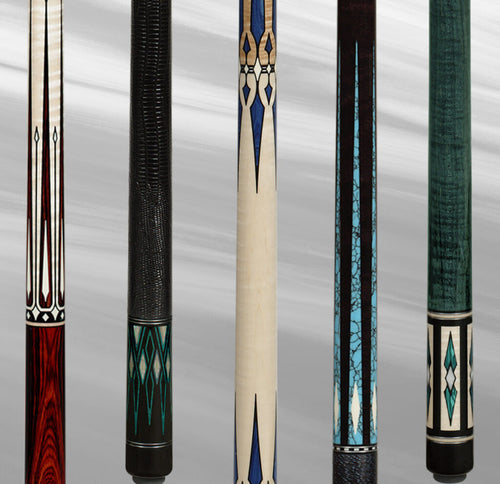Enjoy our modern designs
Starting our brand new series "Pool & Billiards in Cinema", we start with two films that have captured the spirit and intensity of the underground world of pool. "The Hustler" (1961) and its spiritual successor, "The Color of Money" (1986) directed by Robert Rossen and Martin Scorsese respectively. These films, masterpieces in their own right, exploring the themes of ambition, redemption, and the eternal allure of the the game of pool that still lives today. Lets delve into the contrasting visions of these two cinematic gems and examine how they illuminate the evolution of their central character, "Fast Eddie", portrayed by late great actor Paul Newman.
"The Hustler" introduces us to a young and brash Fast Eddie Felson, a talented yet reckless pool player with a chip on his shoulder. Paul Newman's portrayal is nothing short of mesmerizing, capturing the raw talent and wounded pride of a man desperate to prove his worth. The film delves into Eddie's psychological journey as he battles his inner demons, represented by George C. Scott's superbly crafted character, Bert Gordon. As Eddie's mentor and nemesis, Bert pushes him to the brink, showcasing the corrosive nature of ambition and the price one must pay for success in the world of pool hustling.
Later in "The Color of Money" we are introduced us to an older, wiser, and more mature Fast Eddie. Set 25 years after the events of the first film Eddie has shed his wild spirit and transformed into a shrewd, seasoned hustler. Newman's portrayal reflects this transformation effortlessly, infusing Eddie with a world-weary charisma. The character's evolution is brilliantly contrasted against the backdrop of a new protege, Vincent (Tom Cruise), who embodies the youthful passion and reckless abandon that once defined Eddie. Together, they embark on a journey that explores the generational divide between old-school hustling and the emerging commercialization of the game.
"The Hustler" exudes a dark and brooding atmosphere, mirrored by the black-and-white cinematography. Rossen's deft direction and the sharp screenplay paint a gritty and unforgiving world, mirroring Eddie's internal struggles. The film's use of shadows and intense close-ups adds a sense of claustrophobia, heightening the tension during crucial pool games. The visual storytelling is punctuated by a melancholic jazz score, evoking the emotional turmoil that engulfs Eddie.
"The Color of Money" takes a departure from its predecessor's somber aesthetic, embracing a more vibrant and energetic visual palette. Scorsese's signature kinetic camerawork and dynamic editing inject a sense of urgency into the film. The colorful pool halls and neon-lit backdrops reflect the changing times and the games evolving nature from seedy to sport. Scorsese's use of camera movements during the pool table sequences immerses the audience in the excitement of the matches, capturing intensity of the players and onlookers alike.
The first film focuses on themes of personal integrity, self-destruction, and redemption. It delves into the psychology of competition and the cost of sacrificing one's principles in pursuit of victory. The film is a searing examination of the human condition, exploring the emptiness and alienation that can accompany success.
The second builds upon these themes while also exploring the commercialization of sports and the loss of authenticity in the face of commercial gain. Scorsese's film presents Eddie as a cautionary tale of someone who must adapt to survive in a changing world, where the purity of the game is diluted by financial interests. It also examines the generational clash between Eddie's old-school hustling tactics and Vincent's youthful exuberance, posing questions about the nature of mentorship and the evolution of talent.
What we have today is two remarkable films that explore the psyche of a character with exceptional nuance and depth. While the former delves into Eddie's early struggles and the price of ambition, the latter examines his redemption and the changing landscape of pool hustling. These films, though separated by decades, form a cohesive and compelling narrative arc that transcends the boundaries of time. Through their contrasting styles, themes, and characters, they represent a fascinating exploration of the eternal allure of the hustler's world.




